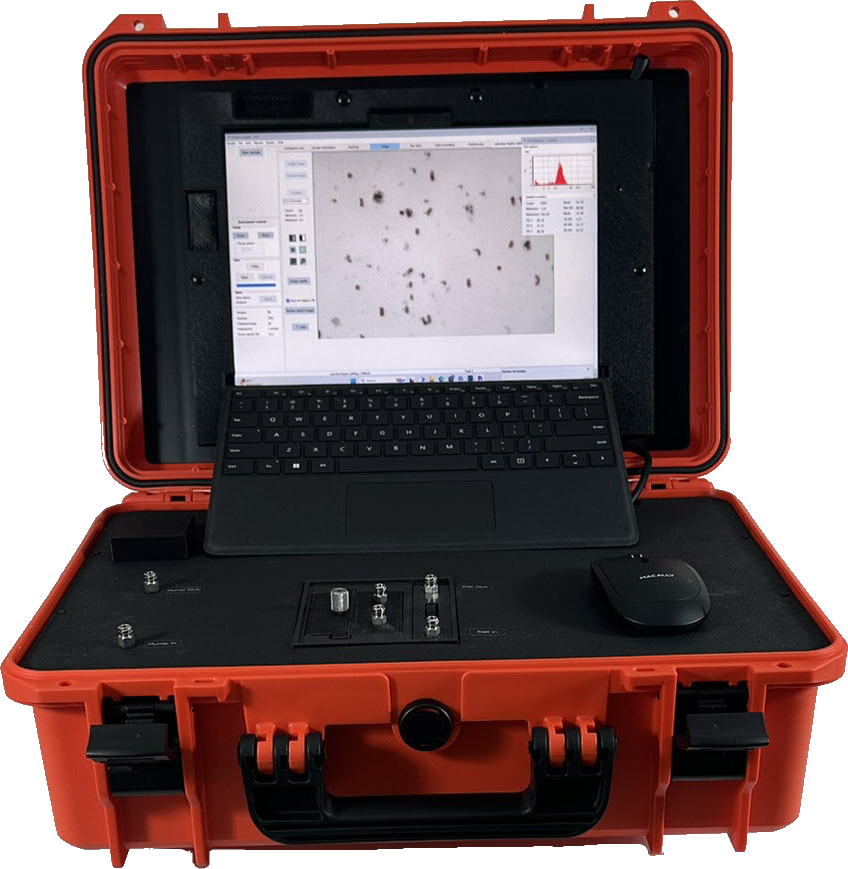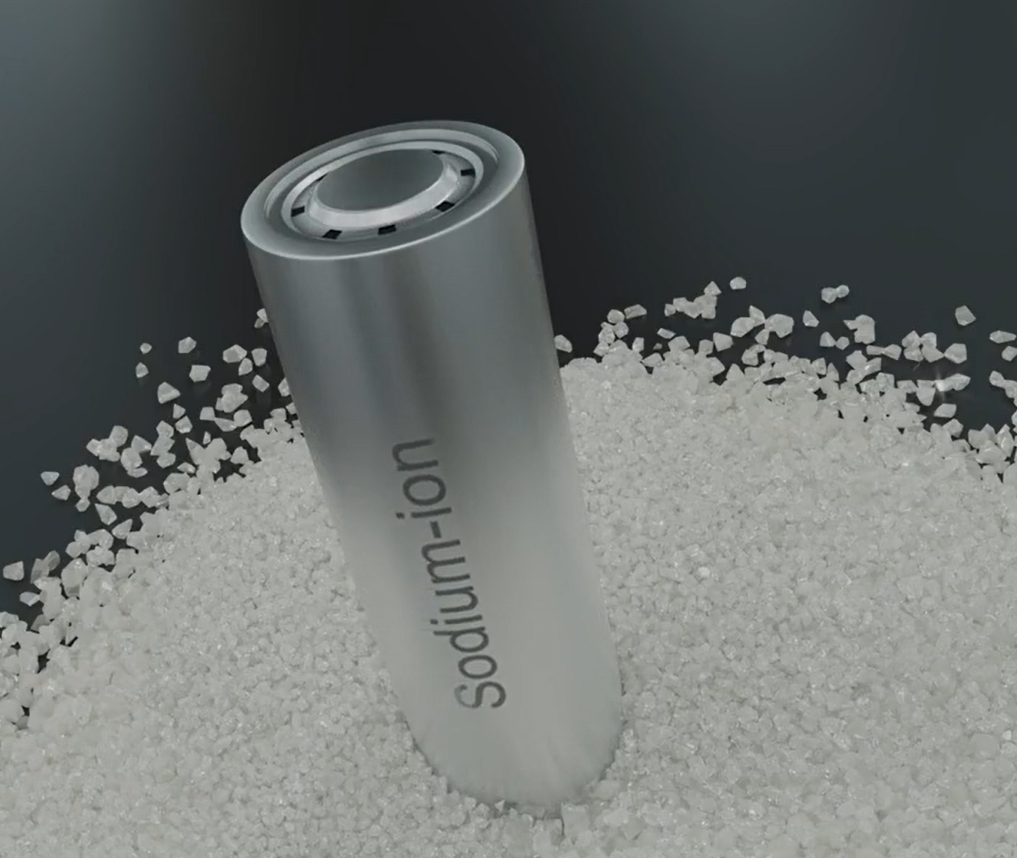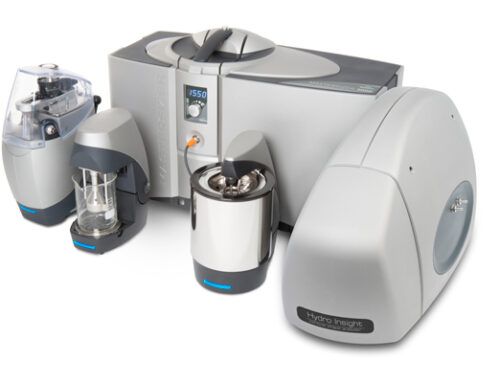Particle shape plays a critical role in the performance and manufacturing of sodium-based batteries, particularly when it comes to the powders used for electrodes. The shape of the particles impacts several key factors that influence the efficiency, safety, and durability of the battery. Here are the main reasons why particle shape is important in the sodium-based battery powder industry:
Particle Insight Raptor

Sodium Ion Batteries. Why Particle Shape matters….
Particle shape plays a critical role in the performance and manufacturing of sodium-based batteries, particularly when it comes to the powders used for electrodes. The shape of the particles impacts several key factors that influence the efficiency, safety, and durability of the battery. Here are the main reasons why particle shape is important in the sodium-based battery powder industry:
1. Surface Area and Reaction Efficiency for electrodes
The surface area of the particles used in electrode materials is directly influenced by their shape. Irregularly shaped or porous particles can increase the available surface area, which enhances the interaction between the electrode material and the electrolyte. This can result in faster sodium-ion transport, improving the charge and discharge rates of the battery.
- Spherical particles: Provide a more controlled and consistent surface area, often leading to better packing density and uniformity.
- Irregular or flake-like particles: Might offer more surface area but can result in uneven reactions and inconsistent battery performance.
2. Packing Density of battery powders
The way particles pack together within the electrode impacts the overall energy density and mechanical integrity of the battery. The shape of the particles determines how efficiently they can be packed:
- Spherical particles: Generally pack more efficiently, resulting in better electrical conductivity and mechanical stability of the electrode.
- Irregular particles: May cause gaps and uneven packing, leading to lower energy density and potential performance issues like faster degradation.
A higher packing density, which is often achieved with uniform or spherical particles, helps in increasing the volumetric energy density of the battery, which is critical for space-constrained applications like portable electronics.
3. Ion Transport Pathways for Prussian Blue and other sodium battery materials
The movement of sodium ions through the electrode material is crucial for battery efficiency. The particle shape affects how easily ions can move through the electrode during the charge and discharge cycles.
- Spherical particles: Typically offer smoother and more predictable pathways for ion transport, improving the battery’s overall efficiency.
- Elongated or irregular particles: Can create longer or more tortuous pathways, which might slow down ion transport and reduce the charge/discharge rate.
Optimizing the particle shape to facilitate better ion transport is essential for achieving higher performance in sodium-based batteries.
4. Electrode Structural Stability and Durability
The mechanical stress that electrode materials undergo during the charge and discharge cycles can lead to particle cracking or degradation over time. This is especially important in sodium-ion batteries, as the larger size of sodium ions compared to lithium ions can lead to greater structural changes in the electrode material.
- Spherical particles: Tend to distribute stress more evenly during these cycles, reducing the likelihood of cracking or degradation.
- Irregularly shaped particles: Are more prone to uneven stress distribution, which can cause fractures or disintegration of the electrode material over repeated cycles, thus reducing the battery’s lifespan.
Maintaining structural integrity through optimal particle shape enhances the long-term durability and cycle life of sodium-ion batteries.
5. Simplifying Manufacturing and Processing of Sodium Battery Powders
Particle shape also impacts the ease of manufacturing and handling of electrode materials. Uniform and well-defined shapes, such as spheres, are generally easier to process, mix, and coat during the production of battery electrodes.
- Spherical or near-spherical particles: Improve the flowability of the powder, which is important in industrial-scale processes like powder coating or slurry preparation. Better flowability leads to more consistent electrode manufacturing.
- Irregular particles: Can lead to issues with clogging or uneven mixing, making the manufacturing process less efficient and potentially increasing production costs.
6. Electrode Thickness and Energy Density of electrodes for batteries
The particle shape can influence how thick the electrode can be made while maintaining performance. For sodium-ion batteries, achieving thicker electrodes without compromising ion transport is desirable to increase the battery’s overall energy density.
- Spherical particles: Can help create thicker, more uniform electrodes that retain good conductivity and ion transport characteristics.
- Irregular particles: May limit the electrode thickness due to poor packing and uneven distribution, reducing the achievable energy density.
Summary:
In the sodium-based battery powder industry, particle shape is crucial for maximizing battery performance, efficiency, and durability. Optimized particle shapes, such as spherical or near-spherical forms, provide benefits in terms of surface area, packing density, ion transport, structural stability, and manufacturing ease. As sodium-based battery technologies continue to evolve, controlling the particle shape will remain an important focus in improving battery performance and reducing costs.
Live analysis of Lithium-Ion based battery materials using the Particle Insight Raptor system.







